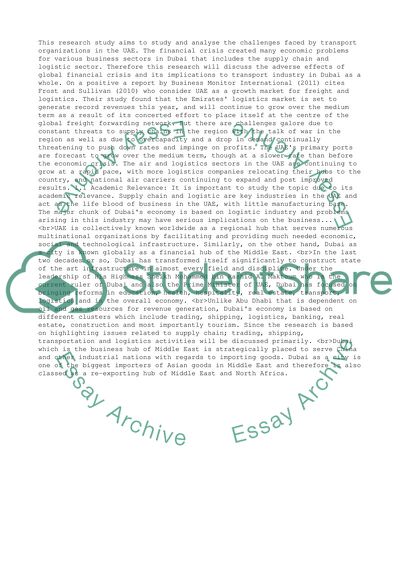Cite this document
(“The Challenges Faced by Logistics Organisations in the UAE Dissertation”, n.d.)
Retrieved from https://studentshare.org/management/1401677-an-analysis-of-the-challenges-faced-by-logistics
Retrieved from https://studentshare.org/management/1401677-an-analysis-of-the-challenges-faced-by-logistics
(The Challenges Faced by Logistics Organisations in the UAE Dissertation)
https://studentshare.org/management/1401677-an-analysis-of-the-challenges-faced-by-logistics.
https://studentshare.org/management/1401677-an-analysis-of-the-challenges-faced-by-logistics.
“The Challenges Faced by Logistics Organisations in the UAE Dissertation”, n.d. https://studentshare.org/management/1401677-an-analysis-of-the-challenges-faced-by-logistics.


